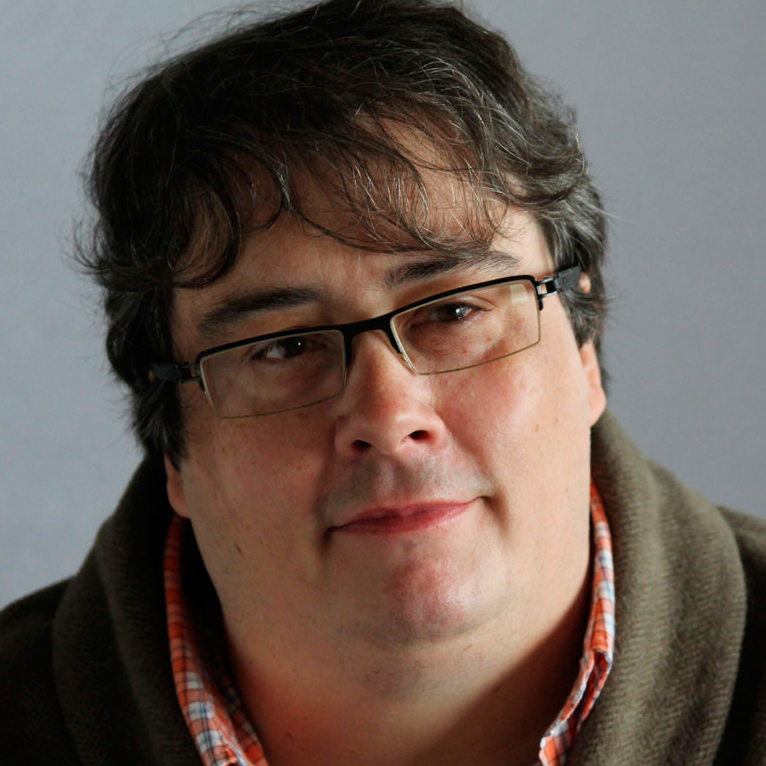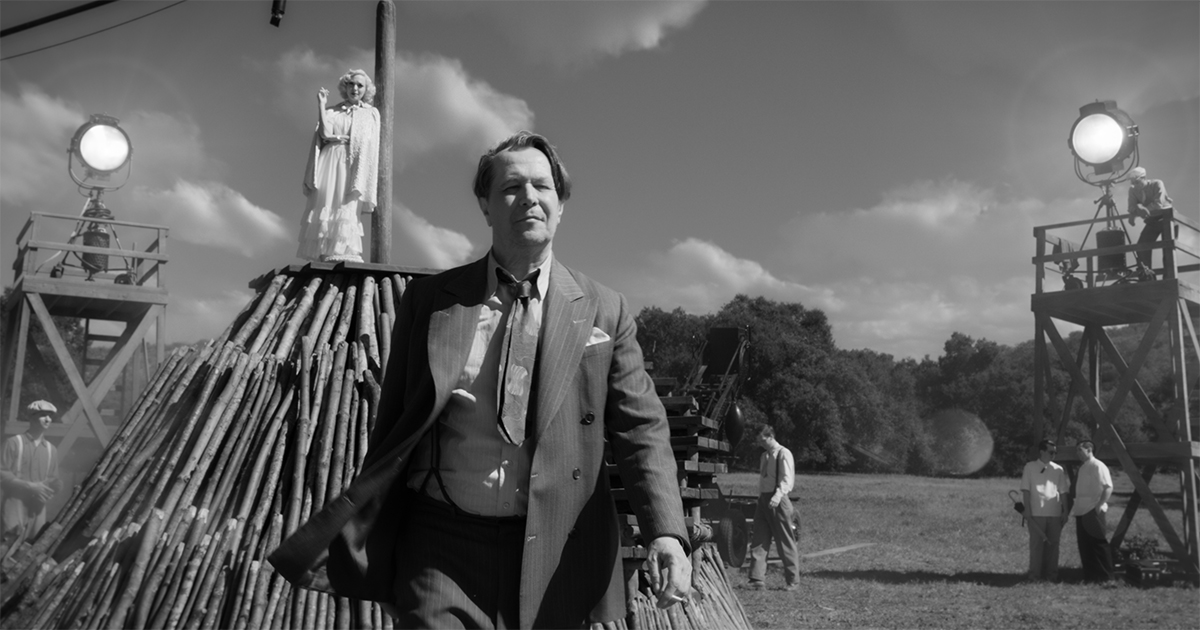Things in Mank sound different. Director David Fincher’s new movie about screenwriters, studio chiefs and media moguls in the Golden Age of Hollywood begins with the arrival of alcoholic scribe Herman J. “Mank” Mankiewicz (Gary Oldman) at the bungalow in Victorville, CA where he will write Citizen Kane. The stage is set by music from Trent Reznor and Atticus Ross that merges the romanticism of Max Steiner with the modernism of Bernard Herrmann. But there’s something else, too.
As producer John Houseman (Sam Troughton) lays out the ground rules, the authoritative tone is striking. His words echo faintly, as though he were speaking in a lecture hall rather than a modest cottage. Mank’s half-murmured responses reverberate incongruously, too. It seems like a strange choice given the setting, but the effect persists. The audio receives the same treatment, whether Mank is making ill-advised wagers in the writer’s room at Paramount or chatting up Marion Davies (Amanda Seyfried) on location of an MGM western. Finally, it becomes clear: The echo isn’t ambience in the spaces around Mank, the character. It’s ambience in the theater showing Mank, the movie.
Asked about this, sound designer Ren Klyce responds with a mixture of relief and delight. “Thank God you got it,” he says. “That was the intention. David Fincher wanted to have two experiences, sonically, for us in the audience. The first experience was that he wanted the film to sound like it was made in a different era, with the limited technology of the time period — a dull, thin, crackly and noisy experience. And then he wanted everyone who was listening to feel as if they were in a large room, some ancient movie theater like the Chinese Theater in L.A. or the Ziegfeld in New York City, watching Mank with 2,000 other people.”
And then he admits, “We were walking a fine line between creating an experience versus creating confusion.”
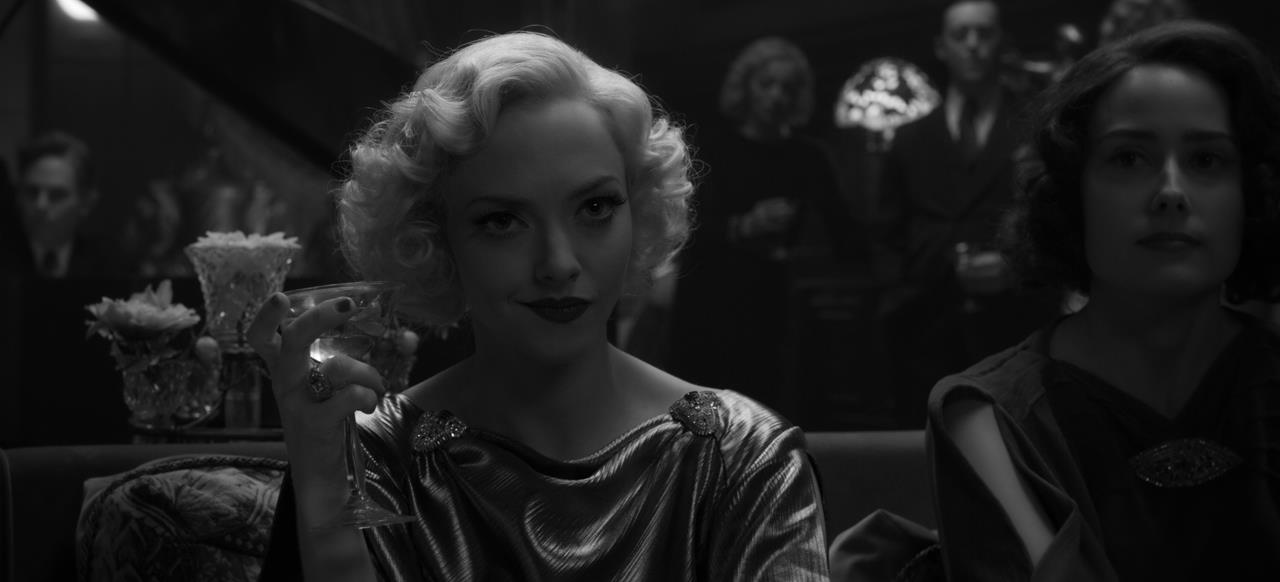
From Music to Movies
Klyce’s creative relationship with David Fincher began when the two became friends while working on the George Lucas-produced animated feature Twice Upon a Time (1983), directed by John Korty and Charles Swenson. Not long after, Klyce accepted Fincher’s offer to create the music and sound for “Smoking Fetus,” his notorious (and career-launching) American Cancer Society PSA that used an animatronic fetus to warn of the dangers of smoking while pregnant.
At about the same time, Klyce was studying music at the University of California, Santa Cruz — an experience that helped launch a short-lived career in the music industry working with hitmaker Narada Michael Walden as a synth player. (His page at record-collecting bible Discogs.com lists his appearances on tracks by James Brown, Mariah Carey, Celine Dion, Kenny G and many others, along with a slew of writing and arrangement credits.) The experience taught him a lot about how music is constructed, as well as the politics involved in making music.
But Klyce developed a deeper, abiding interest in musique concrète, the 20th century compositional style that incorporates found sounds, audio effects and other manipulated sounds into a kind of aural montage. Klyce was interested in music theory as advanced by the French composers Pierre Henry and Pierre Schaeffer, who raised questions about who decides which arrangements of sounds qualify as music. That line of thinking led him to his deep involvement in sound design for film. “I learned that sound and music can co-exist as one texture,” Klyce explains. “They don’t necessarily need to be two different things. I approach soundtracks to films in a similar way, embracing [the idea] that all of these things coming out of the speakers, whether it’s Trent [Reznor] and Atticus [Ross]’s music or the texture of sounds or wind, can co-exist.”

After his adventure in the music industry, Klyce reconnected with Fincher to work on Se7en (1995). Since then, he has been sound designer on all of Fincher’s feature films, as well as the Netflix original series House of Cards and Mindhunter. His work with Fincher has earned him five Oscar nominations (and he has two more for mixing and editing Star Wars: Episode VIII: The Last Jedi).
Manipulating Mank
Fincher and Klyce share an adventurous, boundary-pushing approach to film sound, but even they debated their unusual approach to Mank, worried that audiences would be pulled out of the experience if the sound treatment was distracting or made the dialogue hard to understand. It would be important to employ a light touch.
Fincher knew early on he wanted to treat Mank’s sound so that its dynamic footprint was similar to films of the era, so Klyce’s team created an equalization curve based on their analysis of the sound spectrum of Citizen Kane. (“It was missing a lot of frequencies in the low end and the high end and it was distorted in the mid range, with little bumps in some of the mid-range frequencies,” Klyce says.) The Kane EQ curve was applied to sequences from Mank as they were cut by Fincher and editor Kirk Baxter. That meant the Kane EQ was present even in early friends-and-family screenings — a good thing, since it became clear that intelligibility was suffering, especially where Oldman’s deliberately slurred and mumbled dialogue was concerned. As a result, different levels of equalization were applied to lines delivered by different characters.
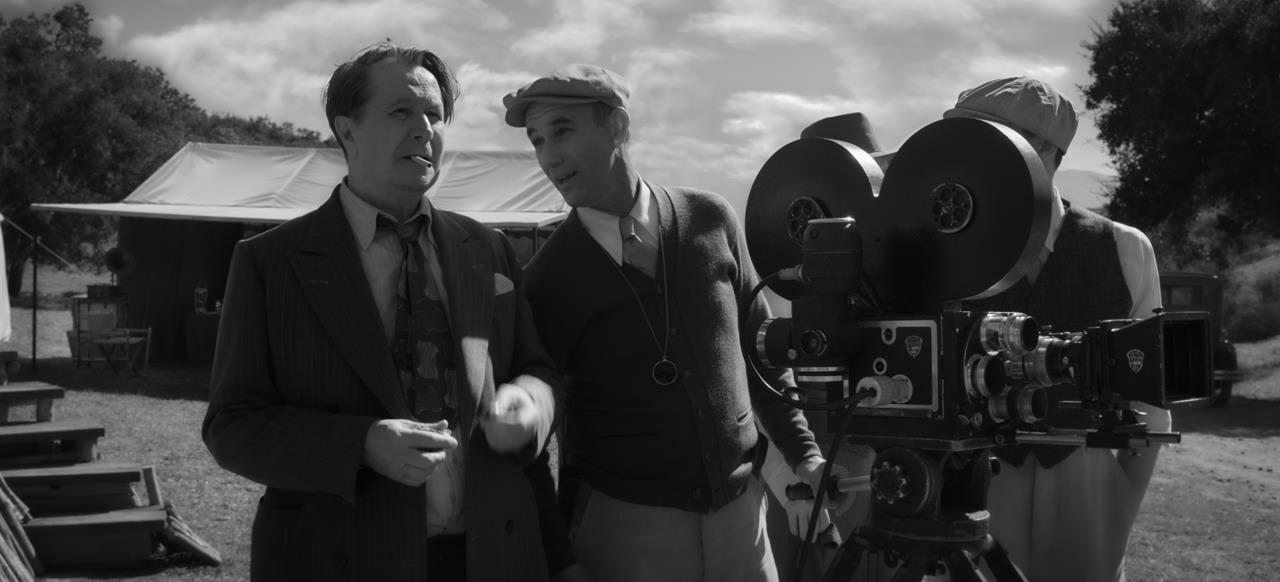
And some got even more attention. Some of Tom Burke’s lines as Orson Welles were worked over word by word to get his already impressive performance closer to Welles’ singular baritone. The first step was to invite Burke back into the studio, where he provided additional raw material for stitching line readings together from multiple performances. “From there, we would pitch-shift certain words,” Klyce says. “This Orson Welles character, even though he’s only 24, is in control of the conversation. [Mimics Welles’ voice.] ‘I’m going to speak low, because I’m the powerful one.’ And there are moments where it didn’t quite get low enough. So we got into the weeds of pitching individual words down and up. It’s not like we’re changing the performance — it was performed that way and I don’t want to take anything away from that performance. But we would enhance it by making these subtle microshifts in tone or pitch.”
The COVID-19 pandemic added more challenges. Safety protocols dictated that only four people could be in the same room at one time — typically Klyce, dialogue mixer David Parker and sound FX/Foley mixer Nathan Nance alongside Fincher. “Normally, David could just turn around and say to our dialogue editor, Kim Foscato, ‘Can you pitch that one word down by one semitone?’ But on this, she had to be in another room wearing a mask with a plexiglass screen, separating everybody. It was so weird. We took our time with the dialogue, for sure.”
Once the mix was finished and equalized to suggest Kane’s dynamics without impacting clarity, the next step was to add that distinctive echo. “David said, ‘Now let’s play this whole movie back in a movie theater to get the echo,’” Klyce recalls. “At one point we were going to go to [the Grand Lake Theater in] Oakland, but we ended up in Skywalker Sound, where they have this huge Scoring Stage, a fantastic room with this great echo for recording orchestras for movies. We set up a bunch of microphones in the room, ran the whole movie down from head to tail and captured the echo, and then added that echo back on top of the dry sound of the film and blended the two.”
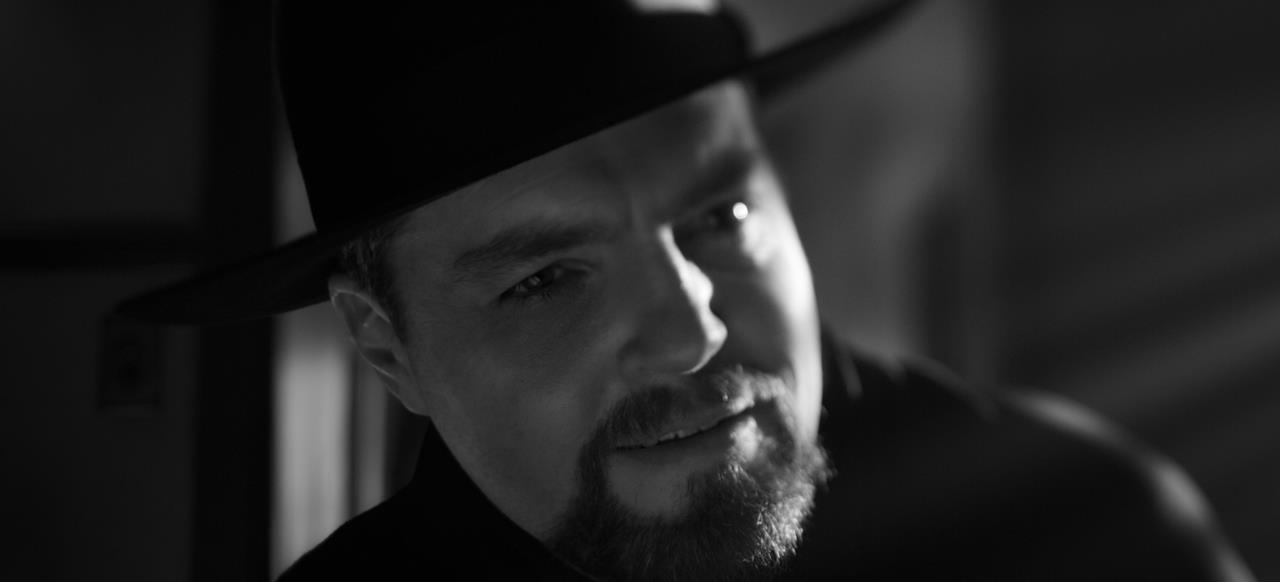
Klyce suggests an exercise for home listening: If the film is played on a 5.1 system with the surround speakers turned off, the three front speakers play the film as it was created on the mixing stage. Conversely, he says, turning down the front channels will play only the recording that was made of the playback at Skywalker Sound, which was positioned in the surround channels.
Fascinatin’ Rhythm
As singular as they are, those equalization and echo effects are just the finishing touches. The overall sound was largely dictated by rhythms set early on as Fincher and Kirk Baxter began forwarding Klyce their early edits. “The filmmakers have built rhythms into their guide track that inform the rest of us who are working on the film,” he says. “Even though these are rough sounds or a rough music edit — and, by the way, it is often perfect when they give it to me and my crew — there is a rhythm, and when you stray from that, you get the most reaction from someone like David Fincher.”
As an example, Klyce cites the techniques of pre-lapping (introducing sound from an upcoming scene before actually cutting to it) and post-lapping (holding a sound from one scene over across the cut to the next one). “David will go, ‘Whoa, whoa, no, wait. You’re pre-lapping this, but we were post-lapping because I wanted to linger on this feeling. If you’re changing the timing of the next scene, it’s going to disrupt my headspace.’ That’s rhythm. When people say things like, ‘I don’t feel the rhythm of the sequence working, I feel like we’re dragging here,’ you can sometimes make the energy feel better by bringing on [sound from] the scene that’s coming next.”
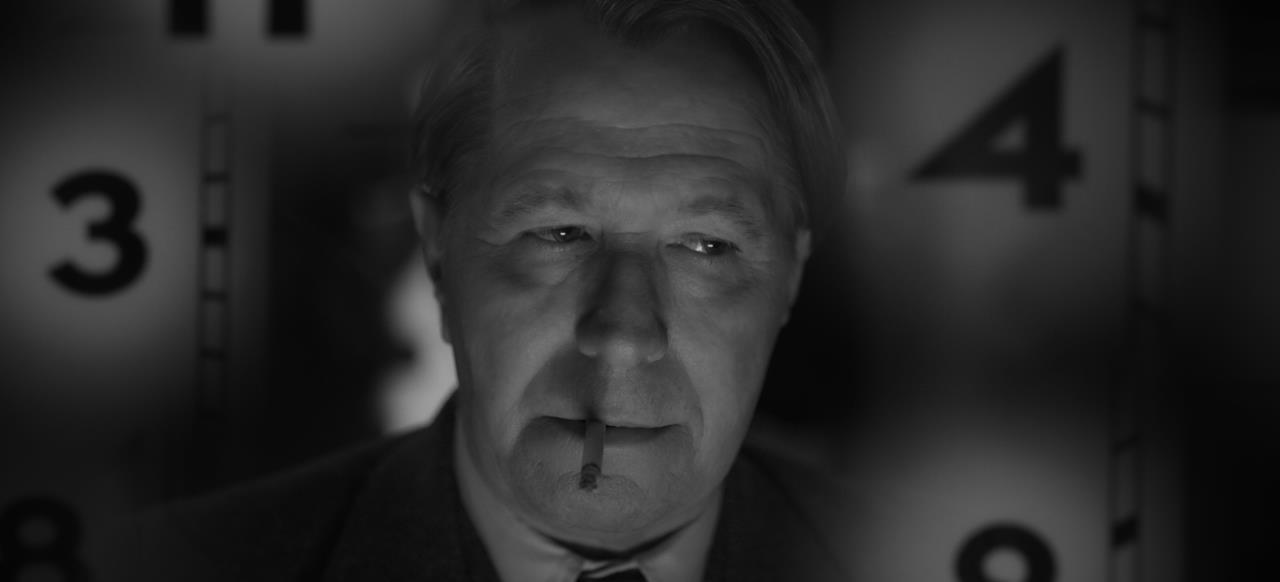
All Mixed Up
Klyce notes that a mix can be overworked, especially where important components like the film’s score are considered. An early scene depicts screenwriter Charlie Lederer arriving at Paramount and meeting Mank’s kid brother, Joseph, in the men’s room. “Fincher wanted to have the kitchen sink in that sequence to create excitement,” Klyce explains. “Trent and Atticus nailed the excitement, but when we were trying to embellish their music with sound, there was a moment where we kind of ruined the mix. Trent and Atticus were disappointed. They told us, ‘Hey, the intention of the music is getting lost in the frequency range of the sound effects. Is there anything we can do?’ And so we reworked the mix to better serve all the elements while still getting David the hustle and bustle of the sound effects.”
Another element in the mix straddles the line between music and sound effect, as Reznor followed up on Fincher’s suggestion to add a jaunty typewriter sound as a percussive element over the top of the jazzy passage that accompanies Lederer’s trek through the busy studio backlot. The rhythmic tap-tap-tap transitions seamlessly into the film’s diegetic sound when the younger Mankiewicz ushers Lederer into the writers’ room, past a bullpen of women typing on manual Underwoods. “That’s a fun sequence with music and sound, two departments that work together, both trying their best and then diving deeply so that we can reveal the dialog,” Klyce says. “If you were to play the music by itself or the sound effects by themselves, they would sound completely uneven because we had to turn from ‘an 11’ on music to being almost inaudible to allow the next dialogue line to be heard, but maintaining sound pressure. We could compensate music sound pressure with dialogue sound pressure.”
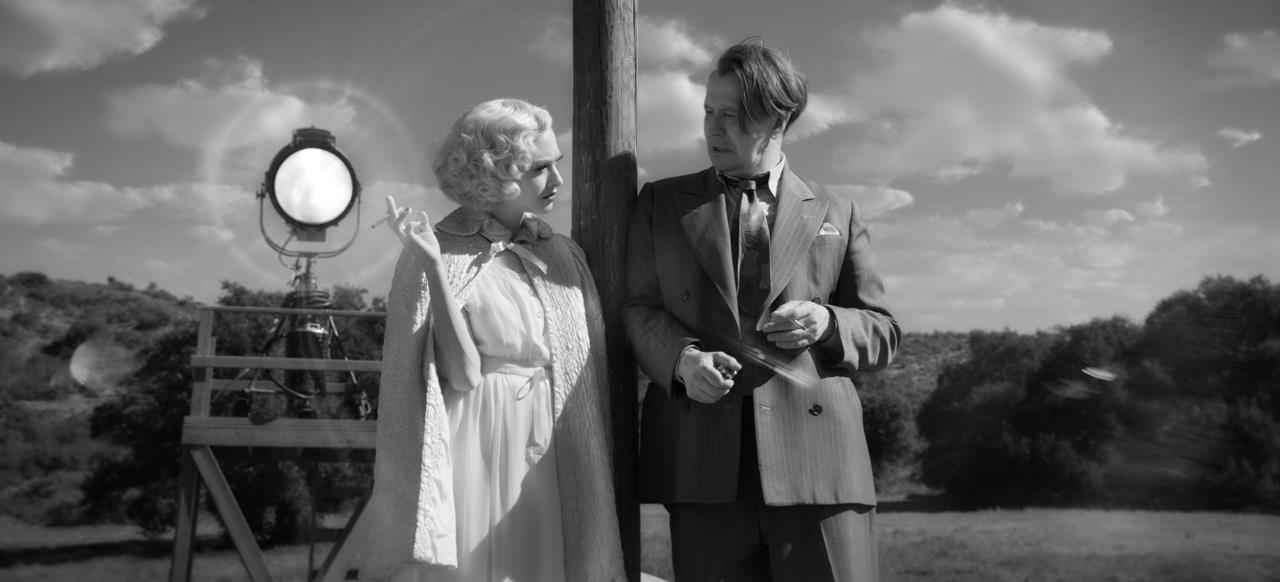
The end result conjures an alternate reality that has a crisp, contemporary feel while meshing the historical worlds of filmmaking and moviegoing. “In times of COVID, in a strange way, a nice way, Mank is giving you the ability to feel that you are in a large room, the kind of room that you wouldn’t normally get to be in right now, during this lockdown,” he says, before conceding that the experience is still missing the electricity of a large audience reacting to the film.
“There were moments where we were like, ‘Should we just add people chewing popcorn?’ [Laughs.] And then, ‘No, I’m not going to do that!’ But we did joke about it, in the sense of feeling the energy of people and humanity. That’s part of the experience.”

